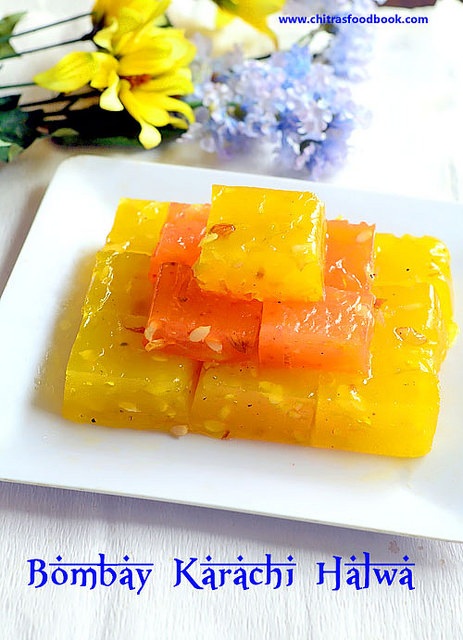Among the snacks I tasted, I loved this Chettinad thenkuzhal and seepu seedai. I couldn’t meet Soundaram aachi but I got the recipe and details from the workers. I came to know Chettinad people use IR20 C. R Pachai arisi (Cut vellai pacharisi) for making this thenkuzhal/murukku. They add ghee and roasted urad dal powder to the processed rice flour and make this thenkuzhal. They use a 3 holed murukku mould for shaping it. I enquired them and bought the same from shops in Koppudai Nayaki amman temple street( Bazaar street) in Karaikudi. Here is collage of pictures of IR20 raw rice, thenkuzhal murukku press, Soundaram snacks shop and their products. But I did not try Soundaram aachi's recipe instead I followed the authentic Chettinad thenkuzhal murukku recipe without butter or ghee and tried it.
I referred Solai aachi's thenkuzhal murukku maavu post for the ratio of raw rice and urad dal. Murukku came out super white in color even without using Vanaspati, butter or ghee. Generally Chettinad people make murukku maavu by grinding raw rice and roasted urad dal. They just wash the rice, dry under the shade for a day. Dry roast the urad dal till hot and grind both rice and dal in a flour mill. They store this murukku maavu and make thenkuzhal whenever needed. As we are not using butter or ghee, this murukku would be crunchy and slightly hard to bite. It doesn’t have a melt in mouth texture. You should have a strong teeth to munch this murukku😀.
I referred Solai aachi's thenkuzhal murukku maavu post for the ratio of raw rice and urad dal. Murukku came out super white in color even without using Vanaspati, butter or ghee. Generally Chettinad people make murukku maavu by grinding raw rice and roasted urad dal. They just wash the rice, dry under the shade for a day. Dry roast the urad dal till hot and grind both rice and dal in a flour mill. They store this murukku maavu and make thenkuzhal whenever needed. As we are not using butter or ghee, this murukku would be crunchy and slightly hard to bite. It doesn’t have a melt in mouth texture. You should have a strong teeth to munch this murukku😀.
Its taste will remind the olden days thenkuzhal recipe which our granny's used to make without butter. To make soft murukku, you can add melted butter or ghee but the color of this murukku may change. Finally its your choice of making this murukku with or without butter. Similarly you can try the same recipe with store bought idiyappam flour but results may vary slightly. Friends, do try this easy, yummy Chettinad thenkuzhal recipe for this Diwali and enjoy ! Lets see how to make Chettinad murukku recipe with step by step pictures.
Here is a collage of our stay at Chidambara vilas, heritage resort along with its Chettinad special breakfast.

INGREDIENTS
Here is a collage of our stay at Chidambara vilas, heritage resort along with its Chettinad special breakfast.
Chettinad Thenkuzhal Recipe

Chettinad Thenkuzhal Recipe - White murukku recipe without butter or ghee.
Cuisine:
Chettinad
Category:
Snacks
Serves:
15 nos.
Prep time:
180 Minutes
Cook time:
5 Minutes
Total time:
185 Minutes
INGREDIENTS
1 cup - 250ml
|
HOW TO MAKE CHETTINAD THENKUZHAL
- To make Chettinad thenkuzhal murukku maavu, wash and soak raw rice in water for one hour.
- Drain the water completely. Spread in a white cloth. Dry under the shade for one day or two.
- After the rice is completely dry, grind to a fine powder. Sieve and set aside.
- Dry roast white, round urad dal without changing its color till hot. Powder and sieve it.
- Add to rice flour, salt, asafetida, melted ghee(If using) and mix well. Add the required water.
- Make smooth dough. Heat oil to deep fry. Press and shape the murukku. Drop in oil.
- Deep fry both sides till bubbles cease. Remove from oil, drain and store in a box.
- Chettinad thenkuzhal is ready. It stays good for a month.
CHETTINAD THENKUZHAL RECIPE - STEP BY STEP PICTURES
Note
|
Chettinad thenkuzhal murukku is ready to enjoy ! Try this for Diwali and share your feedback with me.





















































